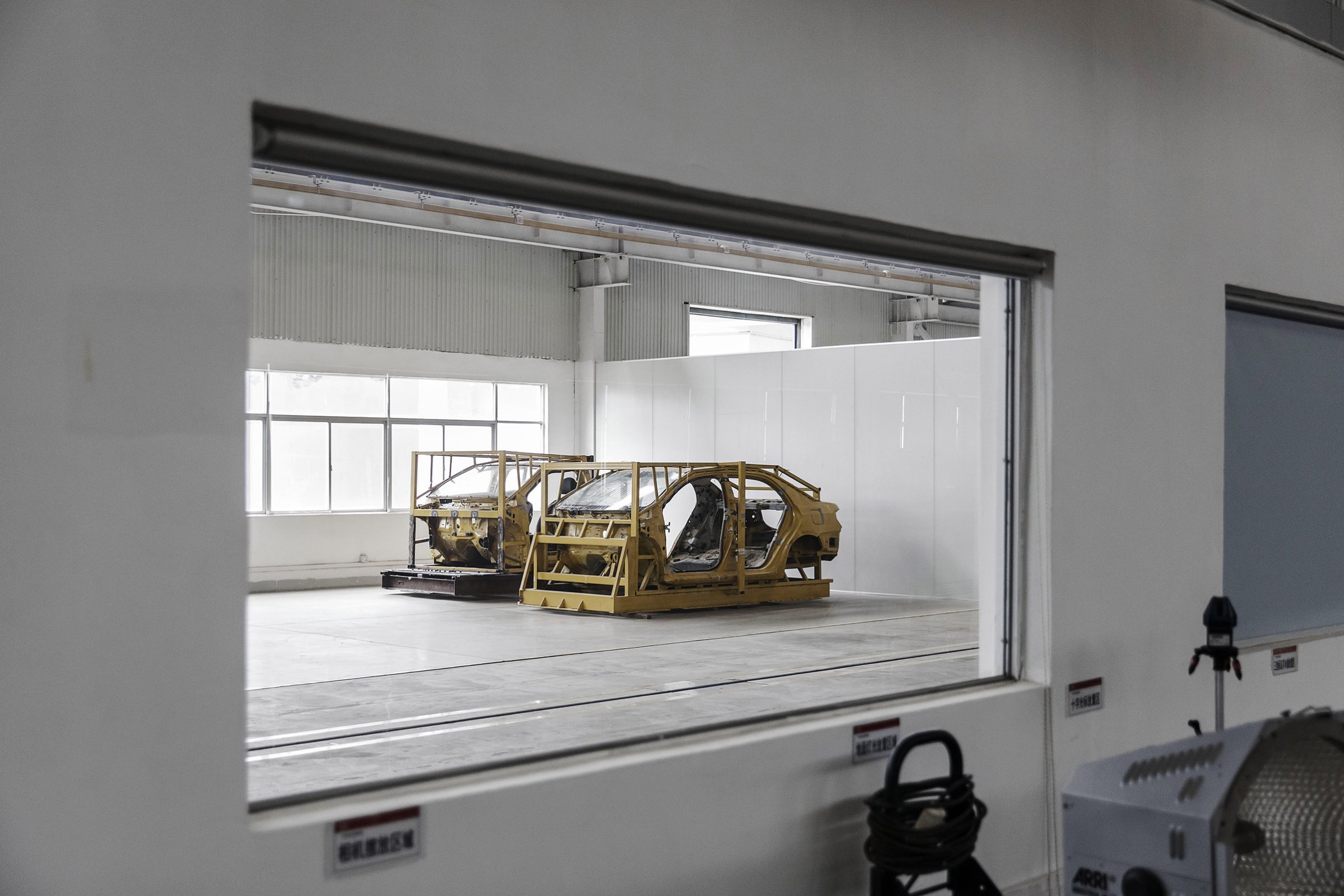
From a cursory look at the recent news from Tesla, a casual observer could be forgiven for thinking that the dream of transitioning the world to electric vehicles has stalled. The Tesla brand is more closely associated with electric vehicles than any other, and in the past year the company has struggled to deliver the $35,000 Model 3. CEO and founder Elon Musk described the internal delays related to producing Tesla’s battery and an outside supplier’s falling behind as “production hell,” while customers vented on social media and the company declared a record third-quarter loss of more than $600 million.
As Tesla scrambles to maintain its position as the world’s foremost electric-vehicle brand, traditional automakers in the U.S. and Europe have invested billions of dollars to advance the technology. And a slew of Chinese companies are churning out hundreds of thousands of electric vehicles a year.
“The story is not just about Tesla anymore,” says John Gartner, an analyst at Navigant Research. “There’s an ecosystem.”
The battle will determine which country dominates the global market for electric vehicles, which are forecast to be a third of all passenger vehicles on the road by 2040, up from less than 1% today, according to Bloomberg New Energy Finance. Currently, China has the upper hand.
“It’s clearly the case that China will lead the world in EV development,” William C. Ford Jr., the executive chairman of Ford Motor Co., said in Shanghai in December, according to the New York Times.
In some ways, Tesla’s “production hell” helps explain why China is better situated to develop the electric vehicle of the future. Despite top design, engineering and marketing talent, Tesla has struggled with basic manufacturing. Automated processes have failed on the factory floor, and the company has struggled to secure the supply chain to operate on the scale it needs to produce a mass-market electric vehicle. Musk has taken responsibility for the delays while also downplaying their significance. “In the grand scheme of things, this is a relatively small shift,” he told investors in October.
China has invested heavily in policies to develop its electric-vehicle industry. It has offered subsidies to buyers to the tune of $15,000 per vehicle, threatened to block automakers that don’t make electric vehicles from selling traditional cars and funded electric-vehicle infrastructure like charging stations across the country’s highway network. Earlier this month, China simply halted production of more than 500 models of heavily polluting cars. China is expected to spend some $60 billion in electric-vehicle subsidies in the half decade preceding 2020, according to a Financial Times analysis.
That focus has helped foster a slew of Chinese automakers like BYD Auto, Great Wall Motor and Lifan Auto. Chinese automakers are expected to produce more than 4.5 million electric vehicles annually in 2020, compared with about a million from Tesla, according to data from the International Energy Agency.
To date, Chinese electric vehicles have largely remained a product for the developing world, while Tesla has thrived in the European market. But Chinese automakers recently ramped up efforts to expand their global reach, and at least one company–GAC Motor–plans to sell cars in the U.S. as soon as next year.
“Sometimes people are under the impression that China is either dragging their feet or somehow behind the U.S. in terms of sustainable-energy promotion,” Musk said at a conference last summer. “But they are by far the most aggressive on earth.”
More Must-Reads From TIME
- The 100 Most Influential People of 2024
- The Revolution of Yulia Navalnaya
- 6 Compliments That Land Every Time
- What's the Deal With the Bitcoin Halving?
- If You're Dating Right Now , You're Brave: Column
- The AI That Could Heal a Divided Internet
- Fallout Is a Brilliant Model for the Future of Video Game Adaptations
- Want Weekly Recs on What to Watch, Read, and More? Sign Up for Worth Your Time
Write to Justin Worland at justin.worland@time.com